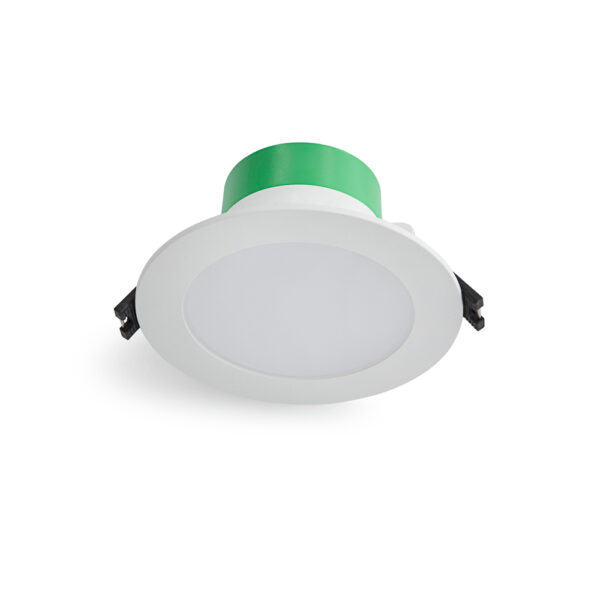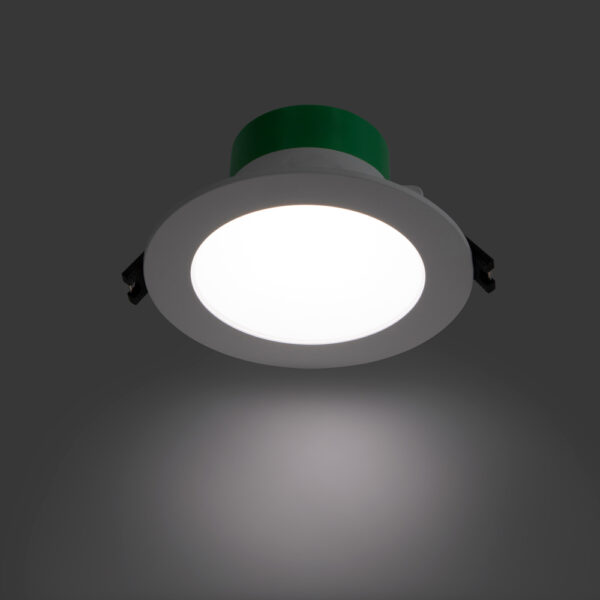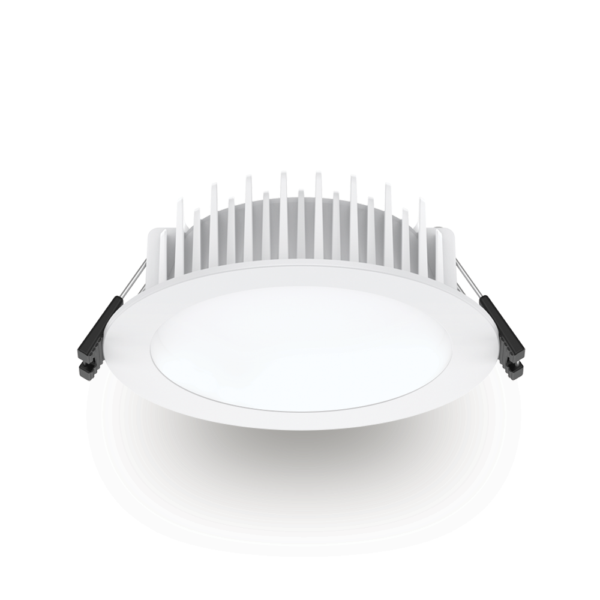What is an IC-4 Rating?

When it comes to installing new lighting in your home, especially downlights, safety should be a top priority. Downlights often come into contact with your home’s insulation, and ensuring they are safe is essential. The IC Rating, which stands for “Insulation Contact,” was developed to keep you and your home secure. In this article, we will explore what an IC Rating is and why it is a critical consideration for your lighting choices.
The rating serves as a measure to determine if a downlight is safe for direct contact with insulation. Most homes are equipped with insulation in their ceilings and walls, which acts as a thermal barrier, maintaining comfortable temperatures and improving energy efficiency. Downlights with an IC rating meet the requirements set out by the new joint Australian and New Zealand standards for recessed luminaires. This rating ensures that these products are suitable for use when they come into close contact with domestic and commercial insulation – which is not the case for most downlights!
The Importance of IC-Rated Downlights
Downlights with an IC rating can be safely touched and covered with insulation, making the installation process more straightforward. This not only saves time but also improves the quality of insulation in your home, without leaving any gaps. The benefits of IC-rated downlights include:
-
-
-
- Reduced fire hazard: IC-rated downlights can safely come into contact with insulation, reducing the risk of fire hazards.
- Cost savings: easier installation means lower electrician costs due to time saved.
- Uninterrupted insulation: the insulation in your ceiling remains unbroken, preventing thermal loss.
-
-

Downlights Without an IC Rating
Downlights without an IC rating cannot be covered by insulation. In these cases, insulation must be cleared around and above the downlight to allow proper heat dissipation. Trapping heat with insulation can pose fire hazards and significantly reduce the life of the downlight.
The main issues with non-IC rated downlights include:
-
-
-
- More complex installation: installation is more time-consuming as insulation needs to be removed around the downlight.
- Higher electrician costs: a longer installation process can lead to increased electrician costs.
- Increased safety risks: there is a higher risk of fire and safety hazards.
- Potential thermal loss: compromised insulation may result in thermal loss.
-
-
Why Choose an IC Rated Downlight?
IC rated downlights are not only safer but also offer technical advantages. They have a longer lifespan, wider beam angle, better warranty, higher lumen output, and lower input power than non-IC rated downlights. Upgrading to IC rated downlights from standard ones not only enhances aesthetics in your home or business, but also improves the efficiency of your lighting system.
In certain instances, switching to IC rated LED downlights is the advisable choice when replacing halogen downlights, addressing safety concerns. If you currently possess these downlights, Atom strongly advises upgrading your light fixtures to IC rated downlights to enhance safety and elevate the lighting quality in your home. Explore our range of downlights.
Ensuring your downlights have the appropriate IC Rating is a critical step in creating a safe and efficient lighting system for your home. It not only minimises safety risks but also maximises the benefits of your insulation, saving on energy costs. Make informed lighting choices by prioritising IC-rated downlights for a secure and well-lit environment.
Related products






